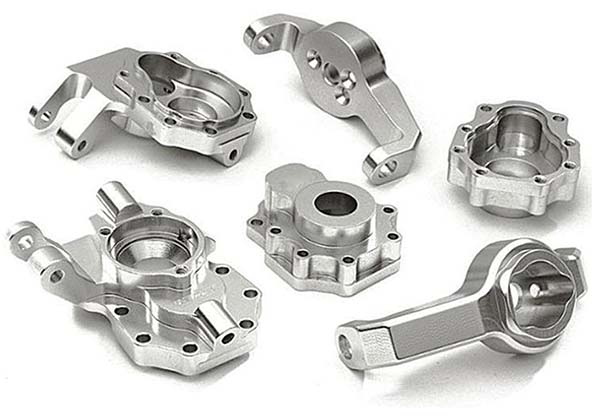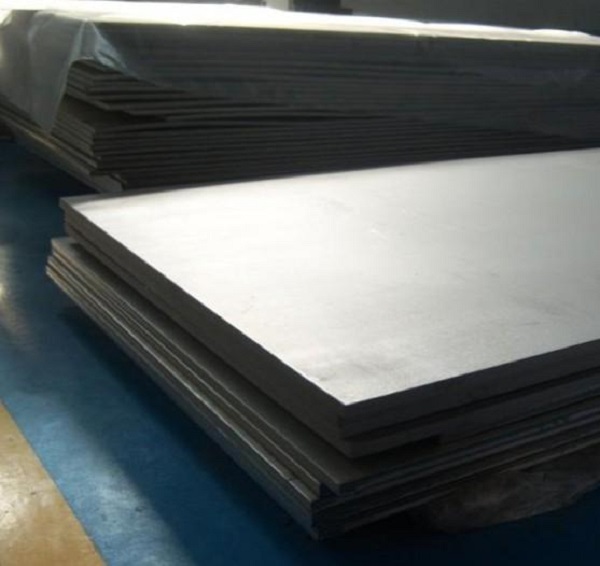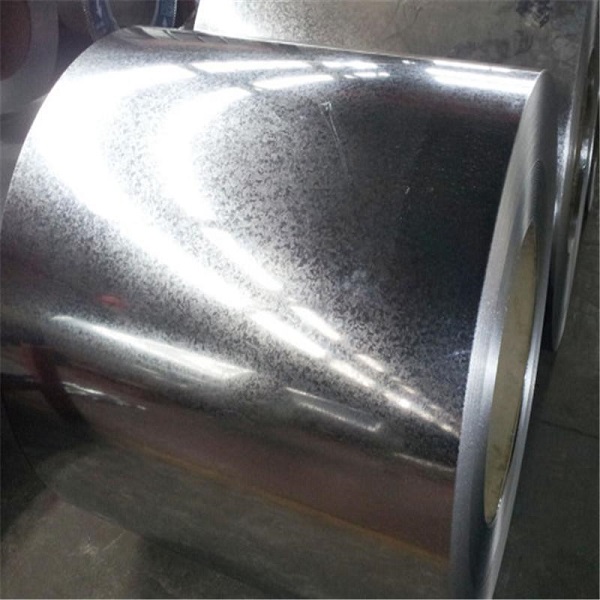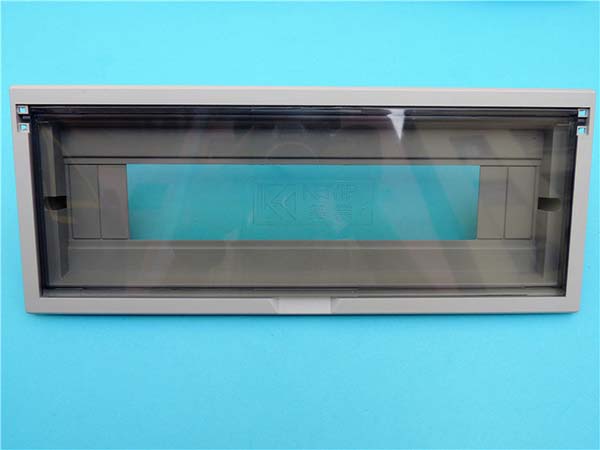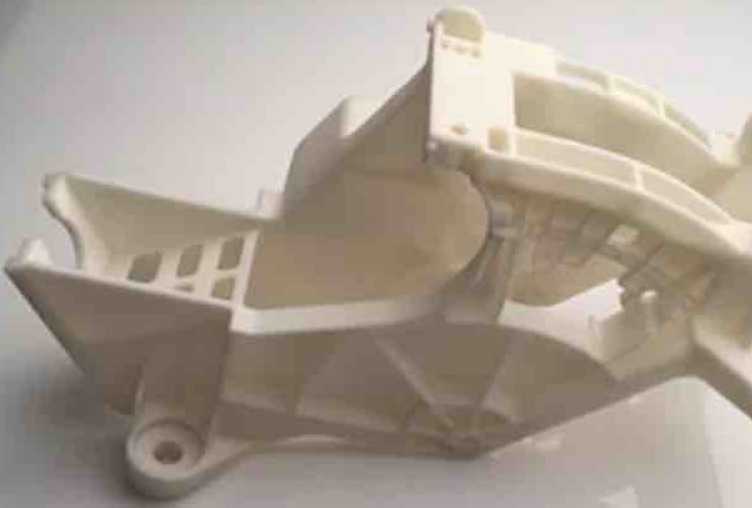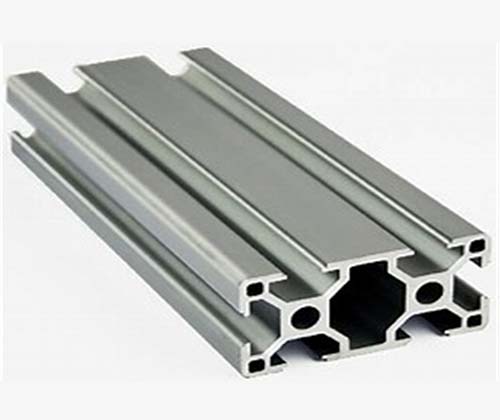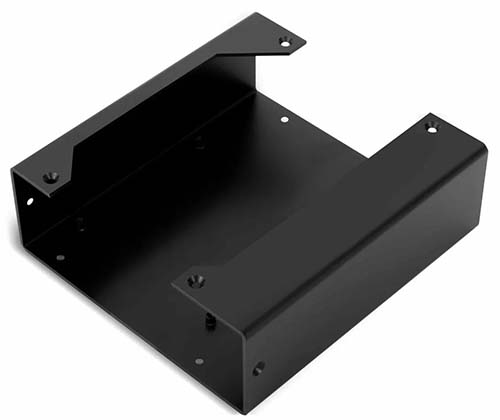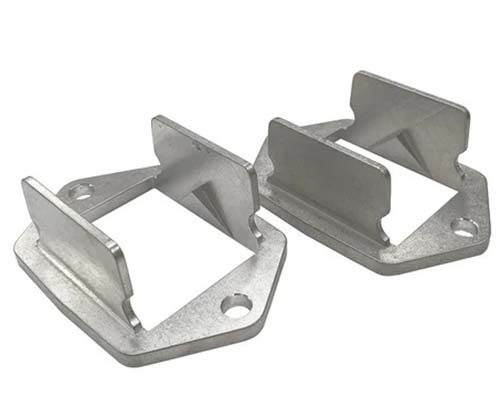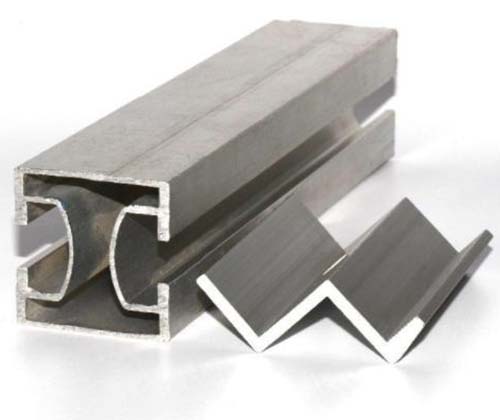Introduction
Engineers and manufacturers often struggle to find a material that offers high strength, good ductility, and versatility across multiple industries. Many alloys are either too brittle for complex forming or lack the strength needed for structural applications. Sheet Metal 6061 (Mg-Si Alloy) solves this problem, standing out as a heat-treatable aluminum alloy that balances mechanical performance and workability. In this article, we’ll explore its composition, manufacturing processes, surface treatments, and applications to show why it’s a go-to choice for everything from aerospace components to sports equipment.
Material Composition and Properties of Sheet Metal 6061 (Mg-Si Alloy)
Alloy Composition
- Key Elements: 6061 aluminum alloy is a magnesium-silicon alloy with a carefully balanced composition. It contains 0.4 - 0.8% silicon and 0.8 - 1.2% magnesium, which form strengthening precipitates during heat treatment. Small amounts of copper (0.15 - 0.4%) and chromium (0.04 - 0.35%) are added to enhance strength and corrosion resistance, while zinc (max 0.25%) and iron (max 0.7%) are kept to a minimum. This blend of elements makes 6061 one of the most versatile aluminum alloys, suitable for both structural and non-structural applications.
Mechanical and Physical Properties
- Strength, Ductility, and Lightweight: Sheet Metal 6061 (Mg-Si Alloy) offers impressive strength thanks to its heat-treatable nature. In the T6 temper (the most common), its tensile strength ranges from 310 - 380 MPa, and yield strength reaches 276 MPa—significantly higher than non-heat-treatable alloys like 5052. Yet, it retains good ductility with an elongation of 10 - 18%, allowing for bending, forming, and machining into complex shapes. Being lightweight (density of 2.7 g/cm³), it’s ideal for automotive and aerospace applications where weight reduction improves efficiency.
- Corrosion Resistance and Other Properties: 6061 provides moderate corrosion resistance, suitable for most environments except extreme saltwater (where 5052 or 316 stainless steel may be better). It’s non-magnetic, making it useful for electrical components and medical devices. Its thermal conductivity (167 W/(m·K)) and electrical conductivity (43% IACS) are higher than many high-strength alloys, fitting for heat sinks in electronics. Like all aluminum alloys, it has high recyclability, aligning with sustainable manufacturing practices.
Manufacturing Processes of Sheet Metal 6061 (Mg-Si Alloy)
Forming and Heat Treatment
- Rolling, Bending, and Forming: Rolling produces 6061 sheets in thicknesses from 0.2 mm to 100 mm, with tempers ranging from O (annealed, soft) to T6 (fully heat-treated). Its ductility in the O temper allows for easy bending and forming—even tight radii are possible without cracking, making it suitable for architectural components and furniture. After forming, solution heat treatment (heating to 530 - 540°C) and aging (120 - 180°C for 8 - 12 hours) harden the alloy to T6 temper, maximizing strength.
- Cutting, Machining, and Welding: Laser cutting and shearing produce precise shapes for industrial machinery and sports equipment. CNC machining of 6061 is efficient, as its moderate hardness (95 - 105 HRB in T6) reduces tool wear. Welding is possible with TIG or MIG methods, though post-weld annealing may be needed to restore ductility in heat-affected zones. This versatility in manufacturing makes 6061 a favorite for custom parts.
Surface Treatment and Finishing of Sheet Metal 6061 (Mg-Si Alloy)
Protective and Aesthetic Treatments
- Anodizing and Chemical Conversion: Anodizing is widely used on 6061 to enhance corrosion resistance and add color. The process creates a porous oxide layer that can be dyed, making it popular for architectural components and sports equipment. Chemical conversion coating (like chromate or non-chromate treatments) improves paint adhesion, often used in automotive parts and electronics enclosures. These treatments don’t compromise the alloy’s strength, ensuring post-treatment performance remains consistent.
- Polishing and Finishes: 6061 polishes well to a mirror finish for decorative applications like lighting and furniture. A brushed finish is common in home appliances and electrical components, offering a sleek, matte look. Powder coating and painting add durability in harsh environments, while protective films prevent scratches during shipping. Surface roughness can be controlled to 0.05 - 3 μm Ra, balancing functionality and aesthetics.
Applications of Sheet Metal 6061 (Mg-Si Alloy)
Aerospace, Automotive, and Transportation
- Aerospace and Automotive: In aerospace, 6061 is used for aircraft wings, fuselage parts, and structural brackets, thanks to its high strength-to-weight ratio. The automotive industry uses it for engine components, chassis parts, and body panels, reducing vehicle weight and improving fuel efficiency. Transportation applications also include truck frames and train components, where durability is key.
- Construction and Industrial Machinery: Construction relies on 6061 for architectural components like handrails, ladders, and structural supports. Its strength and corrosion resistance make it suitable for outdoor use. Industrial machinery uses it for frames, gears, and tooling, where precision and durability are critical.
Sports, Electronics, and Other Uses
- Sports Equipment and Electronics: Sports equipment such as bicycle frames, golf clubs, and ski poles benefits from 6061’s lightweight and strength. In electronics, it’s used for heat sinks, laptop casings, and electrical components, leveraging its thermal conductivity. Marine applications (like boat rigging) and medical devices (surgical tools, wheelchairs) also use 6061 for its balance of properties.
Yigu Technology's Perspective
As a parts custom manufacturing supplier, Yigu Technology frequently uses Sheet Metal 6061 (Mg-Si Alloy) for projects requiring a mix of strength, ductility, and versatility. We leverage its heat-treatable properties in CNC machining, laser cutting, and bending to produce parts for aerospace, automotive, and sports equipment clients. Our expertise in anodizing and powder coating enhances its performance and appearance, ensuring durable, high-quality solutions that meet strict industry standards.
FAQs
- How does 6061 compare to 5052 aluminum in terms of strength?
- 6061 (T6) has higher strength (tensile strength 310 - 380 MPa) than 5052 (230 - 290 MPa) but slightly lower corrosion resistance in saltwater. 5052 is more formable, while 6061 is better for structural applications.
- Can 6061 be used in marine environments?
- It offers moderate corrosion resistance in marine settings but is less suitable than 5052 for constant saltwater exposure. For critical marine applications, consider protective coatings or upgrading to 5052.
- What’s the best temper for 6061 sheet metal?
- T6 temper is ideal for maximum strength (structural parts), while O temper is better for forming (complex shapes like architectural components). T4 temper (solution-treated but not fully aged) offers a balance of strength and ductility.
